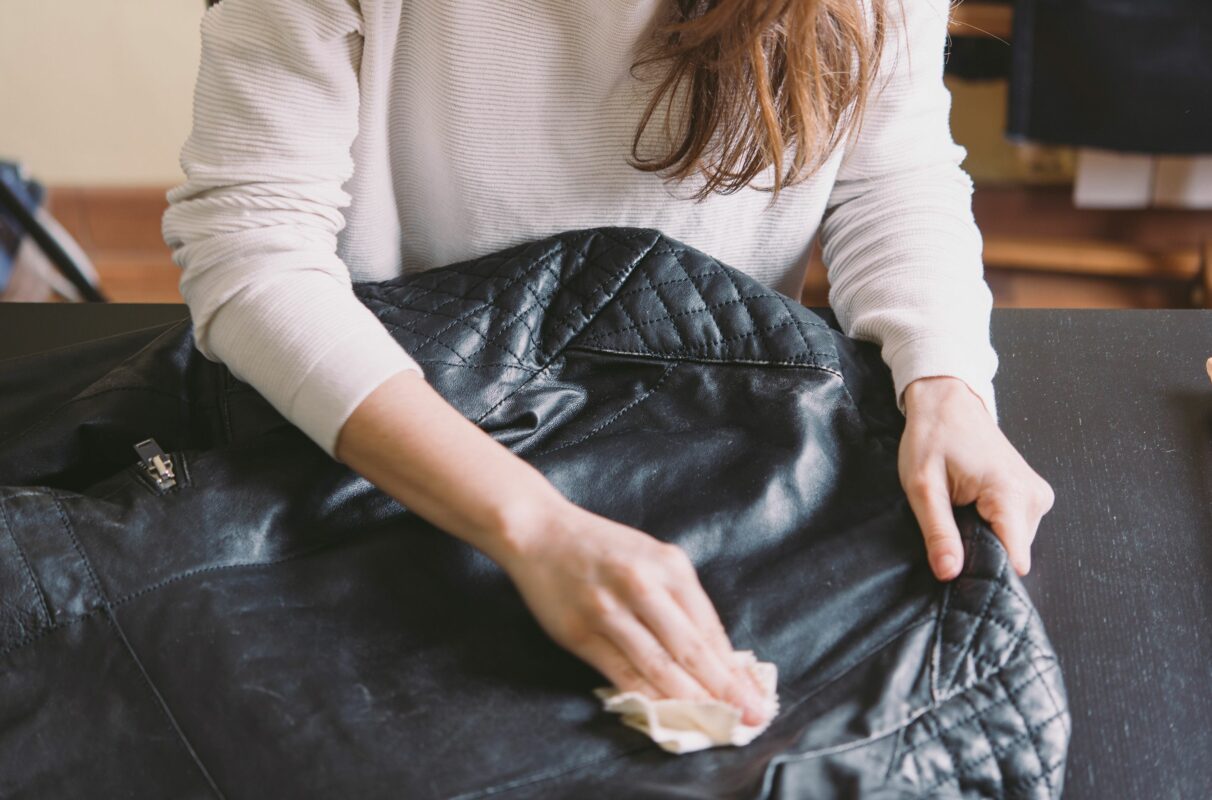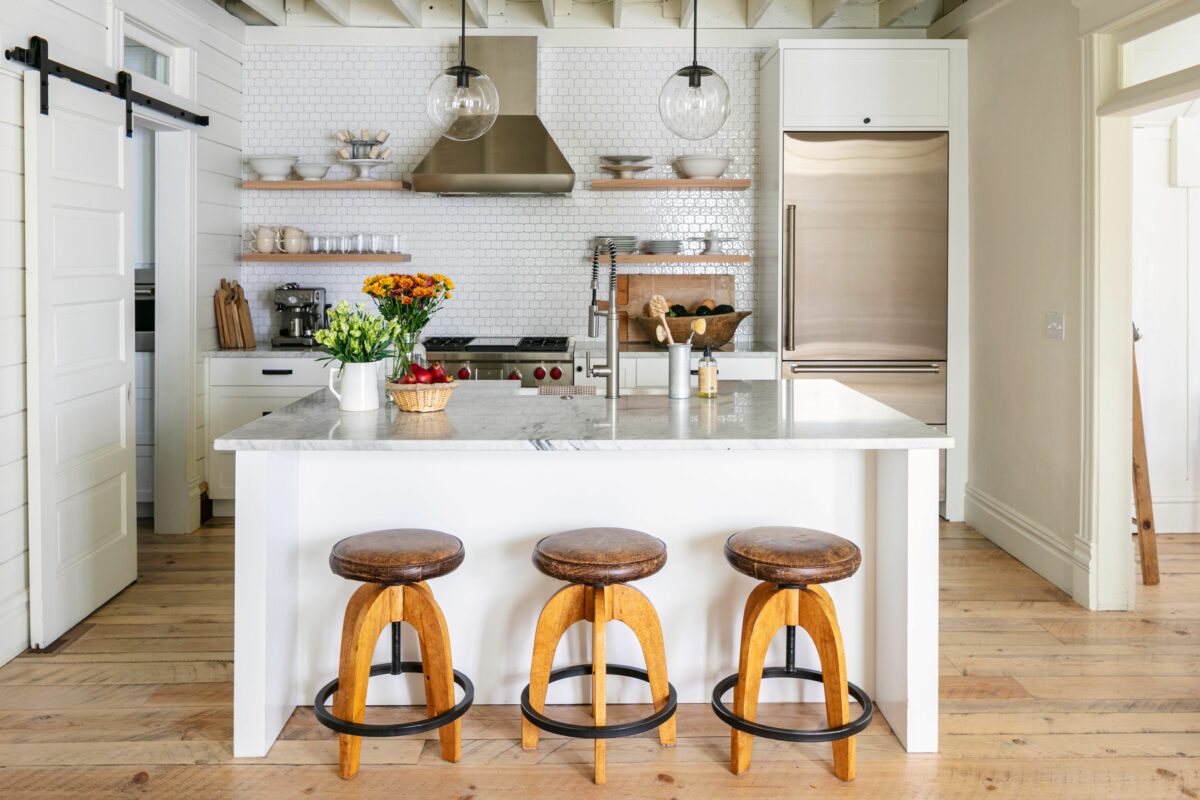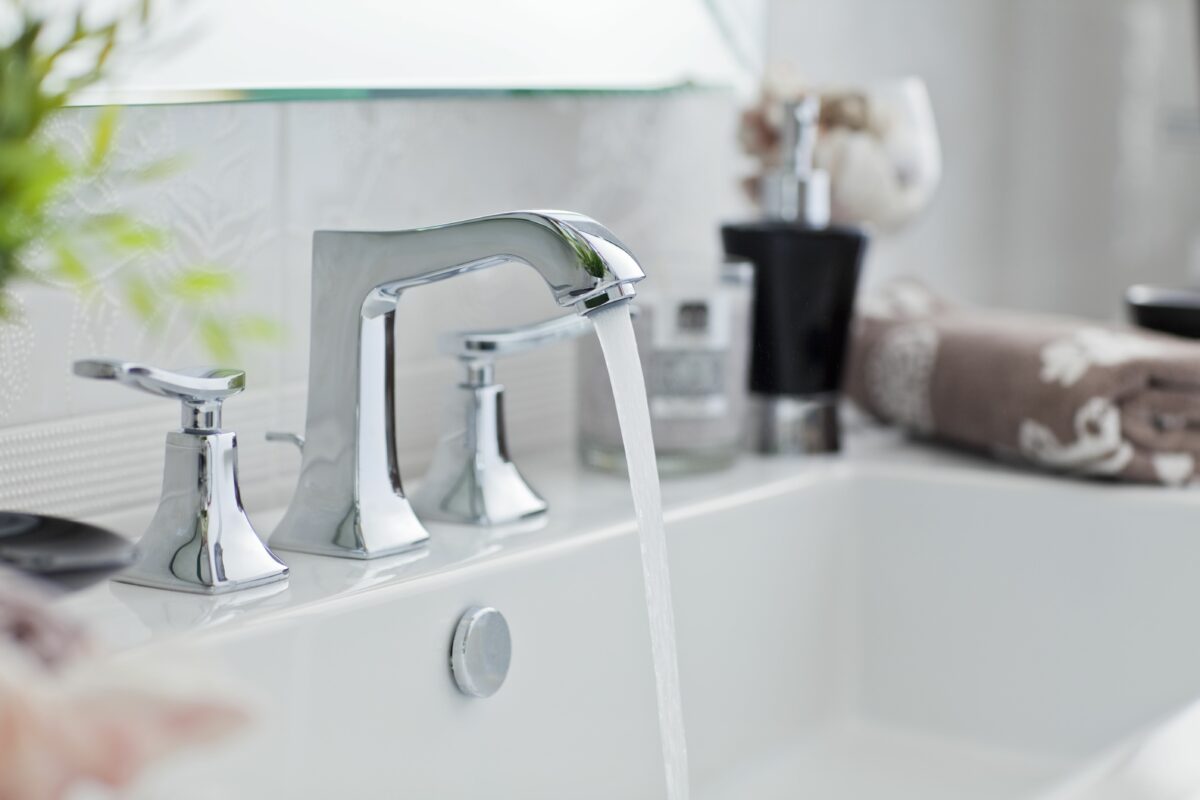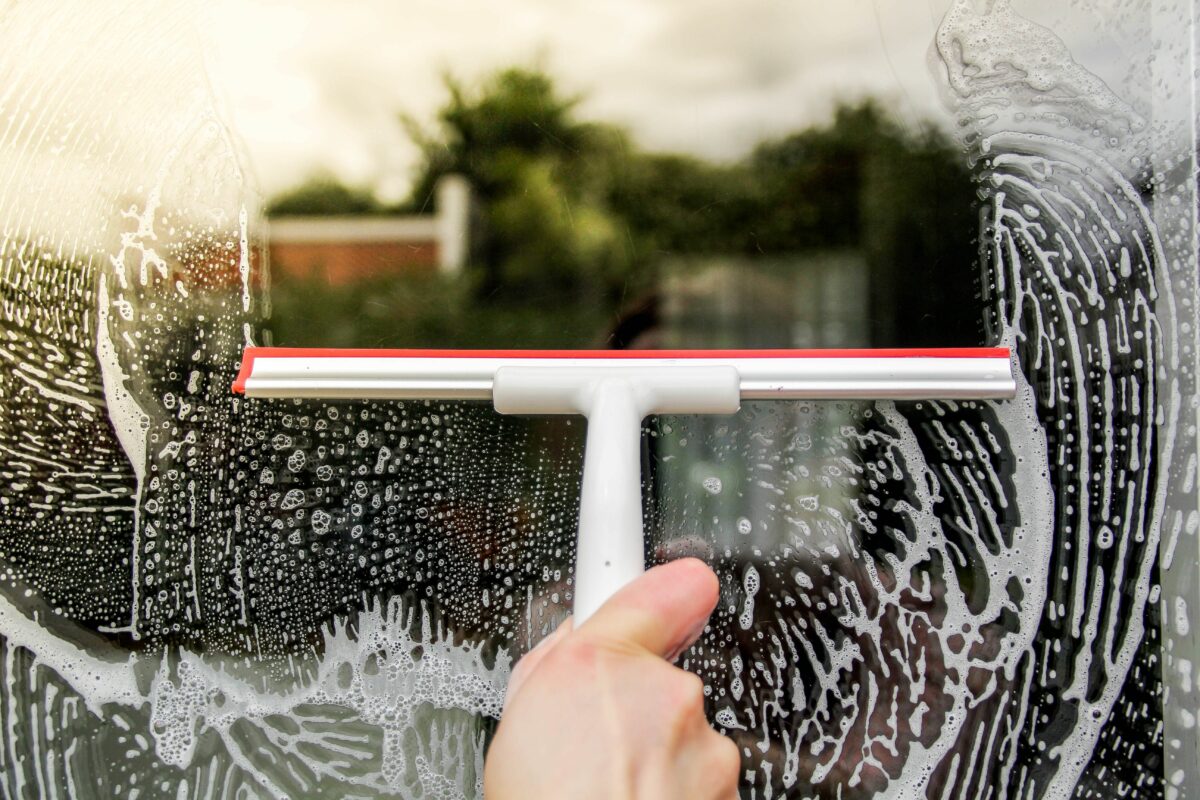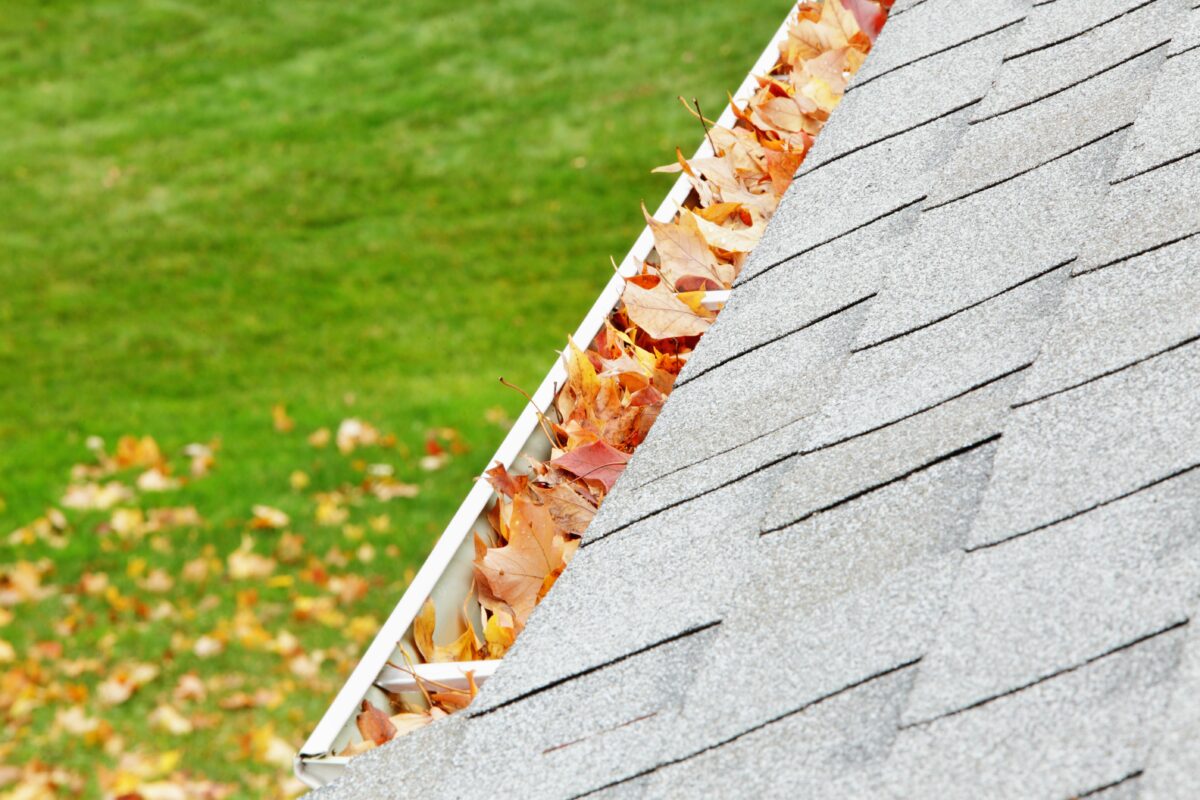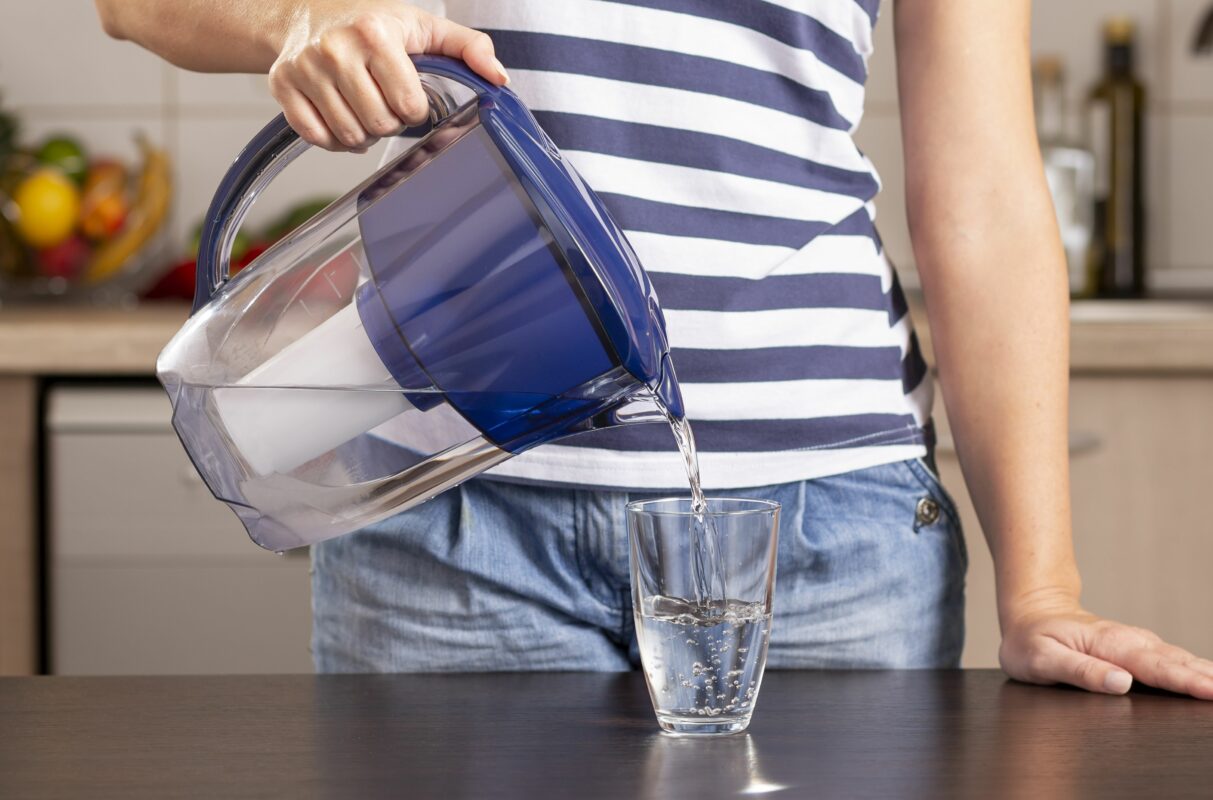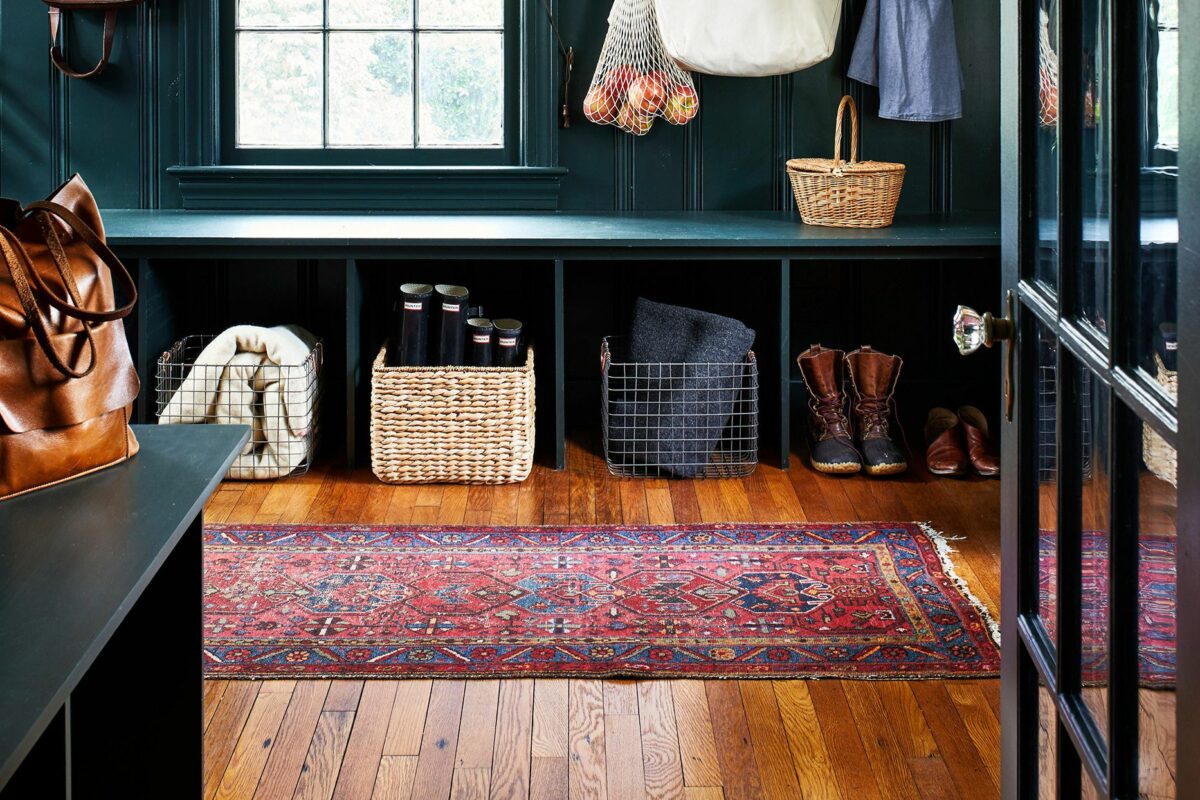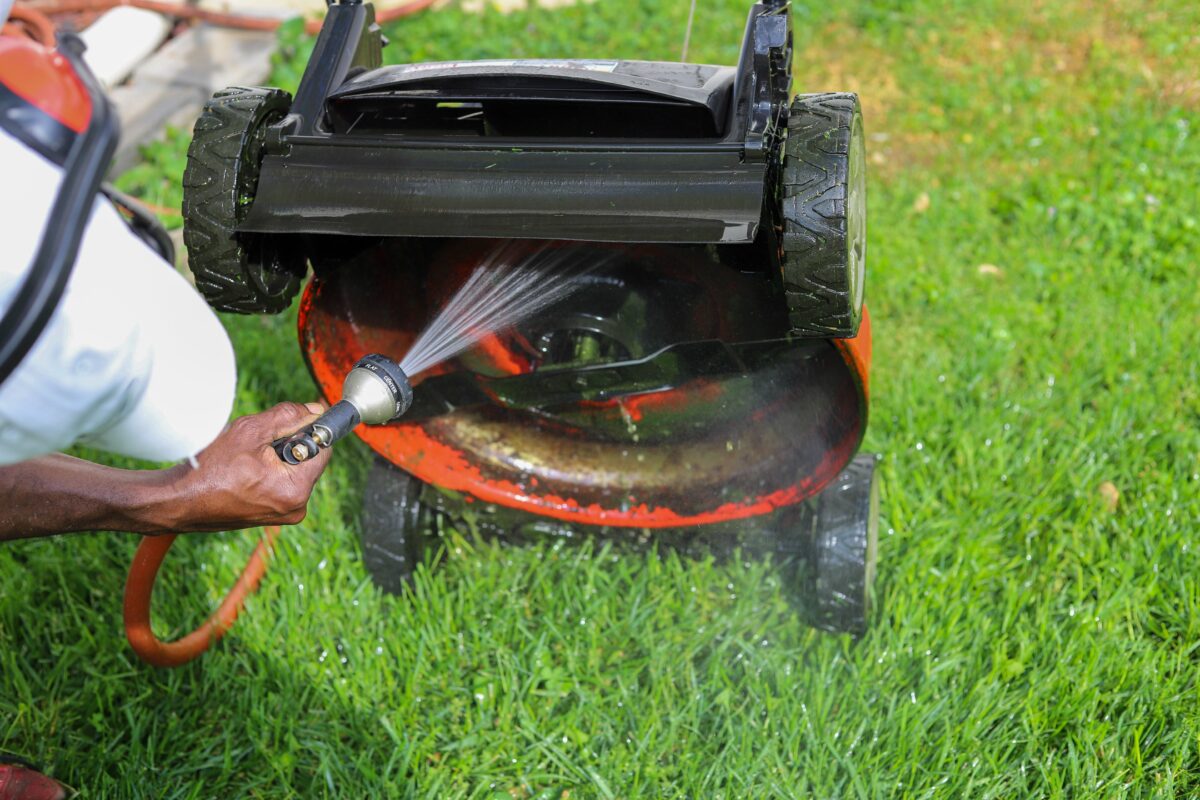Although dust storms can occur anywhere in the United States, these severe weather phenomena are especially common in the Southwest due to the drier climate. Dust storms and haboobs (a particularly intense kind of dust storm) are often triggered by strong thunderstorm winds, according to the National Weather Service. In addition to your personal safety, these storms can be damaging to your house and yard. Any open windows, doors, or even cracks in your house can allow dust to settle indoors.
Improve Your Home’s Air Quality
Kelsey Hei, filtration and indoor air quality specialist at 3M, says that one of the most damaging factors of dust storms or haboobs is their health effects. “Strong winds can take loose sand and dirt and throw them into our atmosphere, and they can linger in the air outside impacting our air quality. During these kinds of weather events, we want to reduce the amount of outdoor particles coming inside our homes and into our indoor air.”
Follow these steps to make your indoor air quality as clean as possible.
Keep Windows and Doors Closed Until the Air Is Clean
Make sure all windows and doors are fully closed and limit opening and shutting them as much as possible to help prevent dust storm contaminants, like sand and dirt, from getting inside. When air quality is compromised, it’s helpful to limit exposure outdoors. Once air quality has improved (you can check the air quality index for your city on sites like AirNow), open the windows to ventilate your home.
Change Your HVAC Filter
Air filters help capture unwanted particles from your household air to contribute to a cleaner, fresher environment. To work most efficiently, filters must be regularly changed. Hei recommends changing filters at least once every three months for 1-inch filters. They can also be cleaned regularly between replacements.
If you live in areas prone to dust storms, replace filters more frequently. After a dust storm, replace your filter immediately before running the HVAC system. For more protection, upgrade your air filter to a higher MPR (Microparticle Performance Rating). To capture more dust and other airborne contaminants, use one with at least a 1000 MPR.
Clean AC Ducts and Vents
Since your HVAC unit is likely filtering out a large amount of dust, cleaning any vents and ducts after the storm is important to preserve the life of the unit and to keep your indoor air quality as clean as possible.
Use an Air Purifier
While your HVAC filter helps clean your indoor air, utilizing an air purifier will improve air quality further. Fine dust particles from a dust storm can remain indoors without being visible, and running an air purifier with a clean filter continuously helps remove these contaminates.
Clean Surfaces Inside Your Home
Once the dust storm has passed, vacuum furniture and floors wherever possible, being sure to use a vacuum with a clean HEPA filter. Dust can hold onto fabrics, so wash any bedding and draperies as well. To clean hard surfaces like counters, windowsills, and appliances, use damp cloths to avoid stirring up dust.
Home Exterior Maintenance
Dust storms can contain extremely strong winds, often knocking down leaves, branches, and even trees. Safely rake up the leaves and gather the sticks and branches. Consider hiring a professional arborist for downed trees or large branches hanging from a tree.
Dust and debris from the storm can also clog gutters and downspouts, so be sure to clear them before the next rain to avoid improper water drainage. Assess your roof and exterior paint to see if there is any damage for insurance purposes. If you have an outdoor pool, make sure the filters are properly working, brush and skim the pool, and run the pump and filtration systems continuously.




